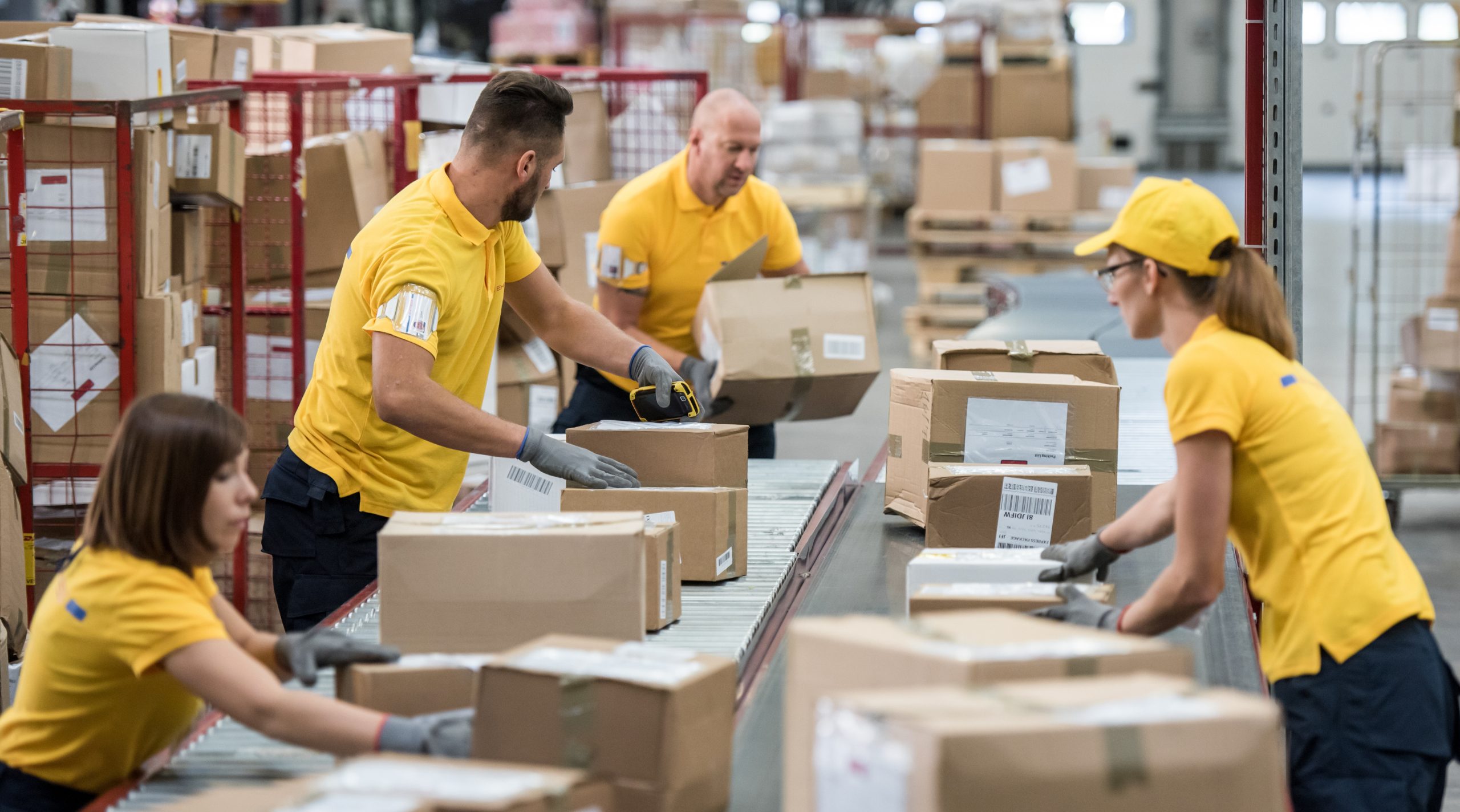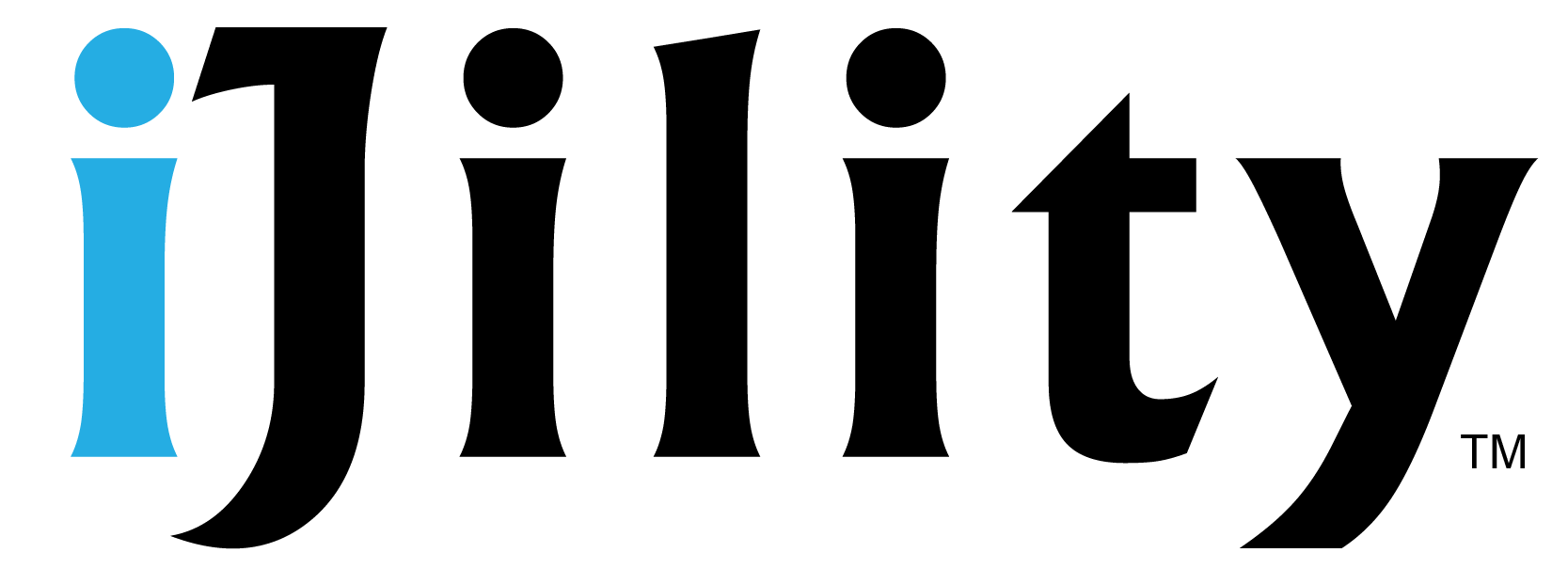
When new tariffs are announced, most headlines focus on product prices and global trade tensions. But for operations managers on the ground, tariffs trigger a different kind of problem—one that doesn’t get enough attention: labor.
As companies rush to rework sourcing, reroute supply chains, and control spiraling costs, the pressure lands squarely on the workforce. And for those in manufacturing, logistics, retail, and fulfillment, the hidden costs of tariffs often show up as labor strain, training shortfalls, and blown budgets.
Tariffs Trigger the Need for Fast Operational Shifts
New tariffs can increase landed costs by 10%, 25%, or more overnight. That usually leads to a ripple effect: suppliers change, product designs adjust, lead times stretch, and inventory must be handled differently. These shifts don’t just affect procurement—they completely change how work is done on the floor.
A product that used to come pre-assembled might now arrive in pieces. Packaging requirements shift. Orders slow down or surge unpredictably. And operations teams are expected to keep everything moving, all while maintaining productivity and quality.
Suddenly, the same workforce has to do different work—faster, with less margin for error.
Labor Strain Is the First Crack in the System
Operations leaders can often absorb small disruptions. But tariffs bring the kind of volatility that breaks predictable workflows. That’s when cracks in labor management begin to show:
- Teams are stretched thin, as more complex workflows require more hands, more time, or both.
- Temporary workers are thrown into critical roles without adequate training, leading to higher error rates and rework.
- Supervisors get pulled into daily firefighting, spending less time on coaching or process improvement.
- Overtime costs spike, and with it, employee fatigue and turnover risks.
The result? Burnout, inefficiencies, and shrinking ROI on every labor dollar.
Training Gaps Get Exposed Fast
Tariff-driven changes often force new tasks onto workers—whether it’s learning to handle unfamiliar parts, apply new labeling, or repackage goods for compliance. But if the workforce wasn’t trained for agility, these transitions are anything but smooth.
Many companies rely on ad hoc training that’s reactive and inconsistent. This works when things are stable—but under tariff pressure, it falls apart. Workers are expected to adapt quickly with little guidance, and mistakes become costly. In a time when every cent matters, poor training is a profit killer.
The Budget Blowout: When Tariffs Multiply Labor Costs
Here’s the part many execs overlook: while tariffs may increase the cost of goods by a certain percentage, the downstream labor inefficiencies often multiply that cost.
Let’s say your landed costs increase by 15% due to tariffs. If your fulfillment team is now taking 20% longer per order, and your error rate has doubled, your effective margin loss is far greater than the tariff alone.
These indirect labor costs sneak up in your P&L. They’re hidden in overtime, in temp agency invoices, in scrap and returns—and they’re harder to control if you’re not tracking them.
How to Take Control: Build a Workforce That Can Flex and Scale
The most resilient operations teams aren’t just cost-efficient—they’re agile. They can absorb change without chaos. And that means building a labor strategy that includes:
- Cross-training so workers can move between functions without disruption
- On-site workforce management that keeps teams aligned and productive, even under pressure
- Standardized onboarding and continuous training, so every worker knows how to handle the next shift, not just the last one
- Data-driven staffing plans, based on real workload trends—not guesswork
When your workforce is set up to flex, you can navigate tariff shocks without gutting quality or torching your budget.
About iJility
At iJility, we help companies prepare for the unpredictable by designing workforce solutions built for speed, agility, and consistency. Whether you’re dealing with new tariffs or shifting operational needs, we provide trained, engaged teams that perform from day one—no guesswork, no bloat, and no burnout.
Let’s talk about strengthening your workforce before the next disruption hits. Schedule a discovery call today.
Author: Carl Scott


